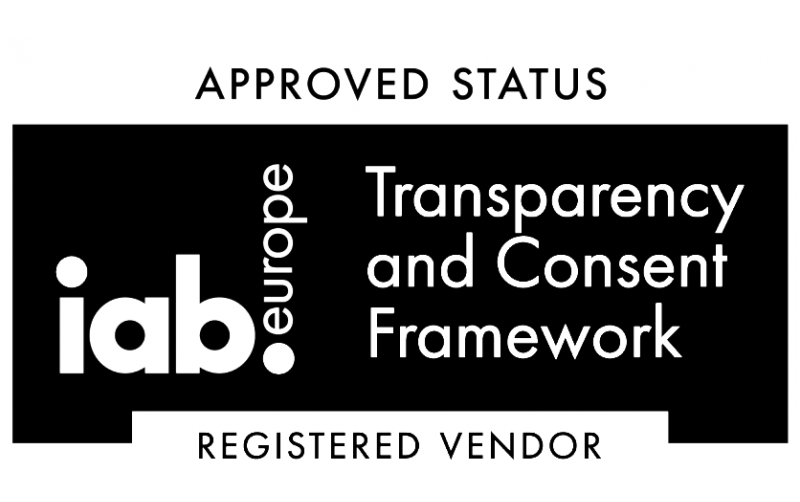Emerging Trends in Carrier Billing: What Businesses Need to Know in 2025

As digital consumption accelerates globally, carrier billing is undergoing a quiet revolution. Businesses that rely on digital monetization (from mobile games and streaming services to fintech solutions) need to stay ahead of evolving trends in carrier billing. In 2025, the spotlight isn’t just on choosing the right platform; it’s about understanding the shifts in technology, consumer behavior, and regulation that are redefining mobile payment ecosystems.
Expansion in Emerging Markets
Carrier billing is gaining traction in regions where credit card penetration is low but mobile usage is high. In Africa, Southeast Asia, and Latin America, telco-based payments are enabling unbanked populations to access digital services. This not only broadens reach but also enhances inclusivity.
For example, platforms that simplify user authentication, are crucial for success in these areas. Their one-click mobile authentication improves UX while increasing security, vital for telcos and service providers operating in emerging markets
Subscription Economy and Microtransactions
The rise of the subscription economy, think streaming platforms, fitness app development, and e-learning, has been a major driver for carrier billing. It provides a frictionless experience, especially in markets where entering card information is a barrier.
Innovative solutions in the carrier billing space empower telcos and brands to effectively monetize digital content. By combining billing integration with targeted digital advertising, these models help increase ARPU (Average Revenue Per User), particularly in mobile-first markets.
Integration of AI and Analytics
Artificial Intelligence is now being embedded into mobile payment ecosystems to detect fraud, personalize offers, and optimize user journeys. AI-driven data analytics can predict user behavior and adjust billing models in real-time, making carrier billing smarter and more responsive.
Payment platforms leverage this data to help businesses scale in diverse markets with targeted pricing and localized offerings. Their approach blends analytics with secure billing, key for global operations.
Regulatory Changes and Compliance
As governments tighten regulations around digital payments, especially in the EU and Asia, compliance becomes non-negotiable. Carrier billing providers must adapt to PSD2, GDPR, and other local laws to maintain trust and legal standing.
Partnering with platforms that are built around privacy and compliance can help businesses scale while minimizing risk. Their expertise in direct carrier billing ensures transactions remain secure and compliant.
User Experience (UX) as a Differentiator
User expectations are changing. A seamless, low-friction payment experience is now the baseline. Carrier billing systems are being redesigned to offer faster checkout, biometric authentication, live chat features, and even gamified micro-payment flows.
Conclusion
Carrier billing in 2025 is more than just a payment method: it’s a strategic lever for market expansion, user engagement, and revenue optimization. For businesses aiming to grow in mobile-first economies, staying ahead of these trends is crucial. By aligning with platforms that integrate innovation, compliance, and UX, companies can turn carrier billing into a competitive advantage.
The future is mobile, and carrier billing is paving the way.
Born and raised in Atlanta, Britney Steele is a freelance writer with 5+ years of experience. She has written for a variety of industries, including marketing, technology, business, finance, healthcare, wellness, and fitness. If she’s not spending her time chasing after three little humans and two four-legged friends, you can almost always find her glued to a book or awesome TV series.
Stay tuned!

- Contacto DPO: privacy@telecoming.com
- Finalidad del tratamiento: suscripción al blog.
- Legitimación del contrato: consentimiento.
- Destinatario de cesiones o transferencias: no se efectúan transferencias de datos fuera de la UE.
- Derechos de las personas interesadas: acceso, rectificación, supresión, oposición, limitación del tratamiento, portabilidad de los datos e interposición de reclamación ante la AEPD.



